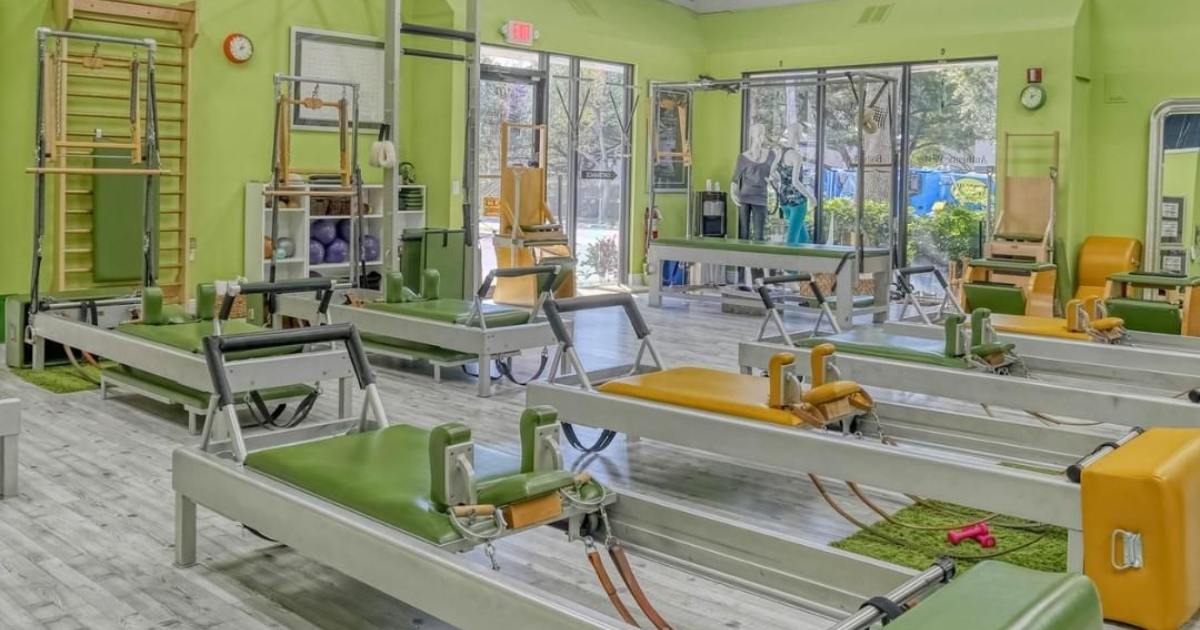The Reformer is one of the best known and most used pieces of Pilates Apparatus. Joseph Pilates designed and built the first Reformers and used a Reformer in his studio until his death in 1967. The Reformer is used to assist Pilates students in the exercises. It consists of a frame, a footbar, and a sliding carriage which attaches and connects to straps, the springs and a gear system. The carriage also has a headrest and shoulder blocks. The springs allow for heavy or light resistance.
The Reformer is great for beginners
A Reformer adds another layer to Mat work exercises. In addition to the ability to challenge the body with heavy or light resistance, controlling the movement of the carriage offers an added challenge. The student is “driving” the carriage versus “riding” it and must control speed and flow. The spring system, foot bar, and straps provide feedback to the body and additional challenges. As the student becomes stronger, lighter springs can be used to make the exercises more challenging. Both beginner and experienced students benefit from the assistance the Reformer gives in maintaining alignment during the Pilates exercises.
Some Tips Before you Start with a Reformer
Beginners should always familiarize themselves with all parts of the Reformer before getting on the apparatus. Hands and feet should remain out of the spring area. Initially, heavier spring weight will allow you to have better control and stay safe, especially when getting on and off. But the resistance should not be so great that it feels like weight lifting or straining. Pilates exercises begin and are centered on the core (your body versus your arms or legs), so if it feels like you are getting a leg or arm workout, your springs may be too heavy. Taking a private lesson from a trained Pilates teacher or a few classes in a Pilates studio are great ways to learn to use the Reformer and become comfortable with it.



